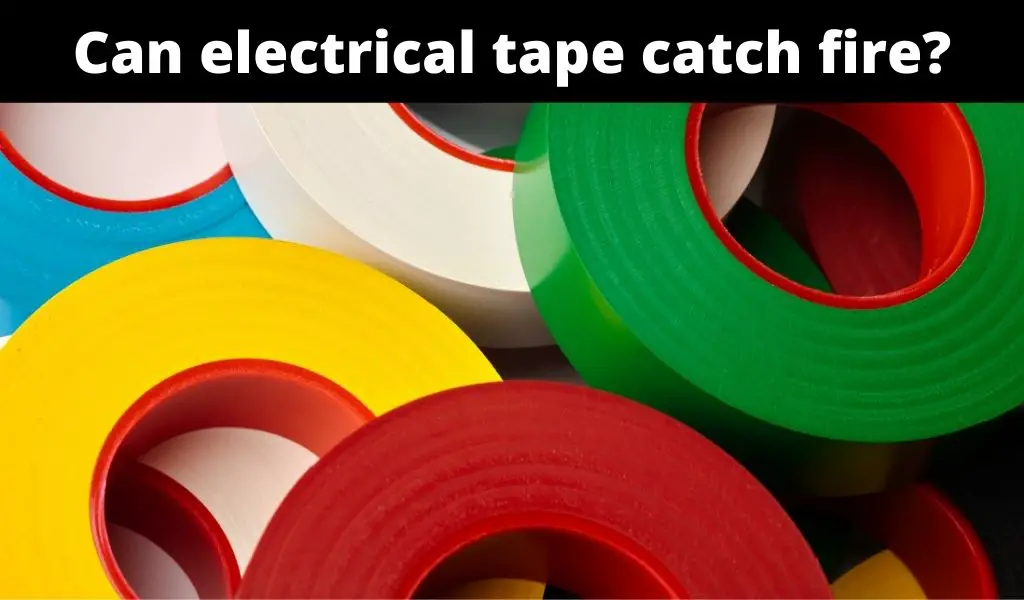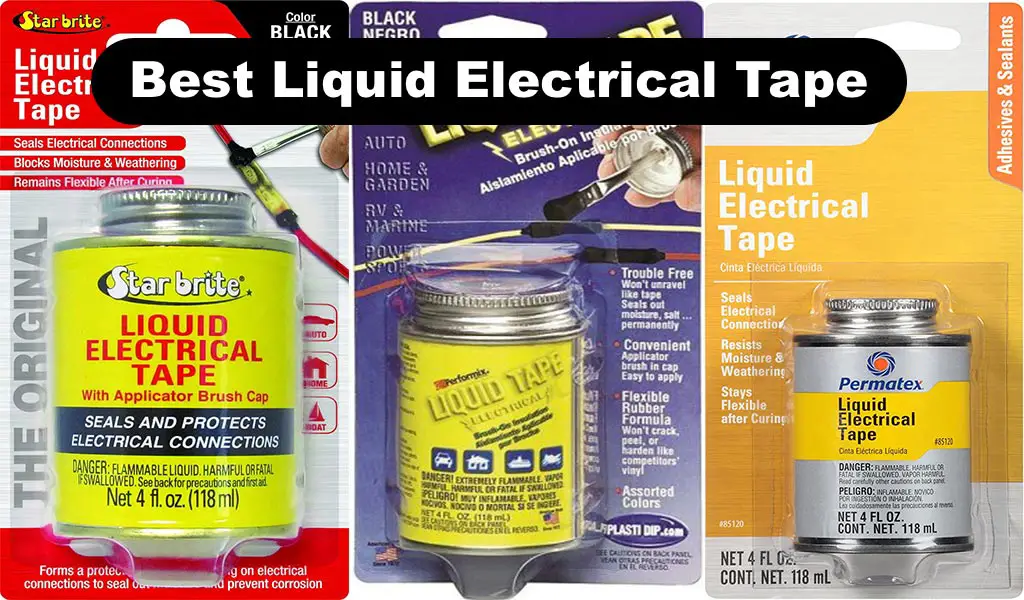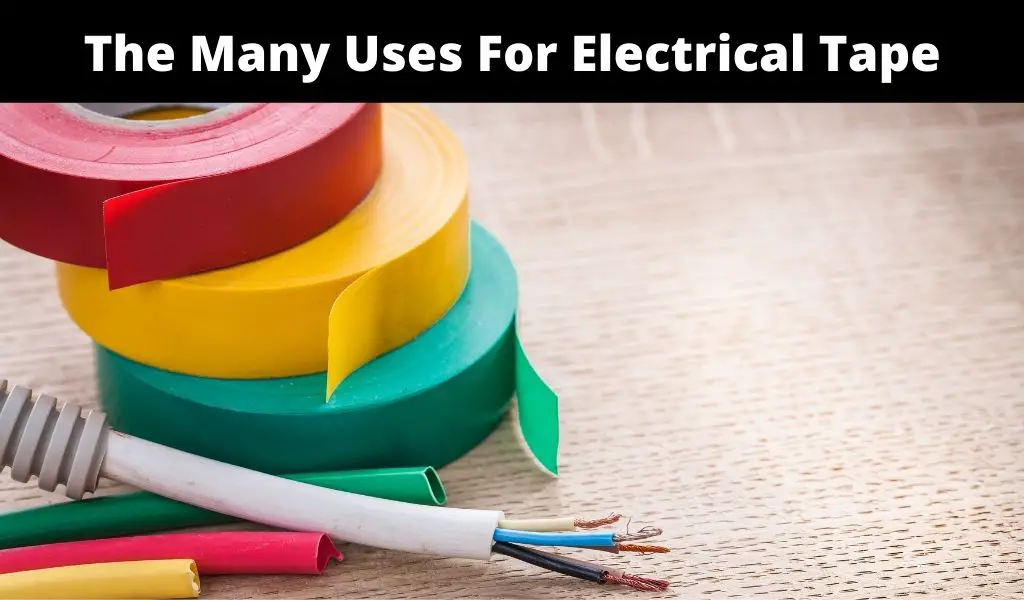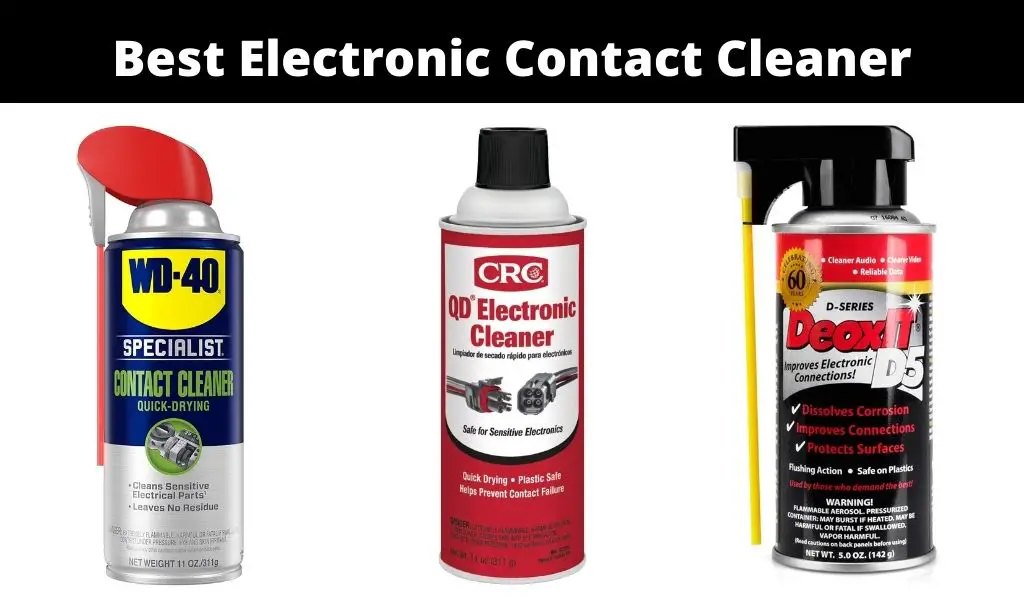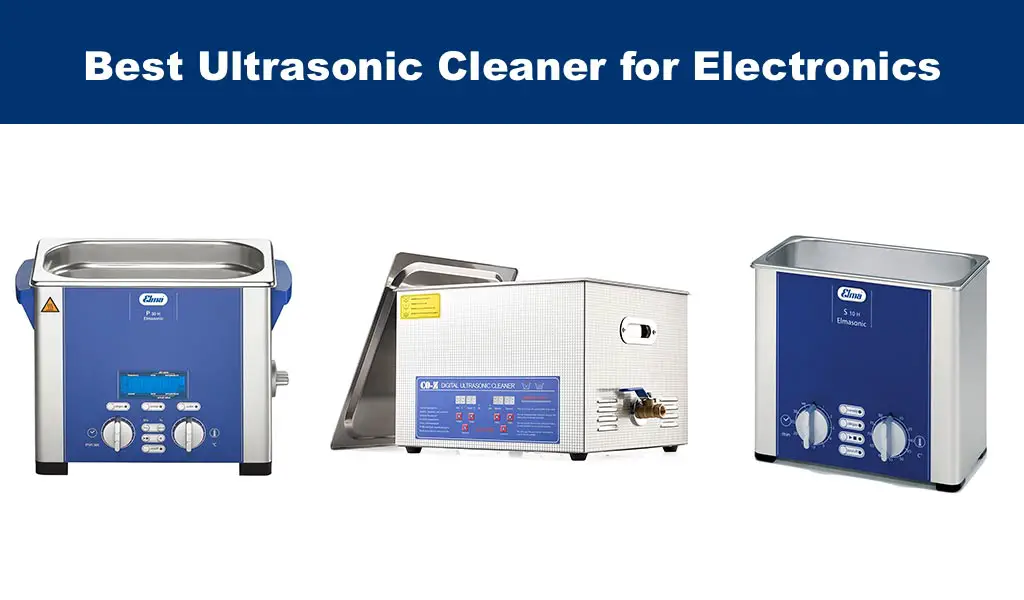Even though most of the reputable brands produce electrical tapes with good thermal properties that can handle temperatures around 80 degrees Celsius, electrical tapes are likely to catch fire if they get very hot. The chances of combustion are reasonably low when the tape is used properly and in the right environment. However, that will highly depend on the applications and the used tape. Some types of electrical tapes have advanced heat-resistant properties more than others.
Generally, manufacturers use polyvinyl chloride (PVC) backing and non-corrosive rubber adhesive to make an electrical tape. The backing gives the tape the ability to stretch and conform to the wiring and cables. The stretch is a vital quality of any electrical tape because, without it, tapes cannot wrap around a cable tightly to make a longer lasting insulation. The available film, cloth and other types of electrical tapes do not have the elongation qualities that tapes need to function properly.
A charged electrical wiring is likely to cause drying out of the materials used to make the electrical tape and catch fire as a result. A quick example, some manufacturers use cloth fibers as the backing of the electrical tapes they produce. Such tapes are more likely to burn at very high voltages, which is a known cause of the fire.
Apart from being made in a different way from that of the other types of tapes, electrical tapes (particularly those that professionals use) are UL listed. In other words, they are rigorously tested for the capability of handling various environment elements like moisture, cold temperature, and sunlight. The UL listed tapes are tested for some physical properties too, such as the elongation, backing strength and the adhesive strength.
To qualify for the listing, the electrical tapes must have a higher rating. UL listing is available for other tapes too – such as film HVAC and foil tapes – but the listings revolve around the tape in question. Therefore, if your foil tape meets the UL Listing, it might not be a good choice when sealing the rigid ducts in your HVAC applications. If used in an electrical application, the tape is unlikely to meet the standards.
The available types of electrical insulation tapes, materials, colors, and their use
The market offers many types of electrical insulation tapes. Each type fits a specific application, comes with unique properties, is made of a specific material and comes in various colors and sizes. As with many other products in the market today, you will have to go for an electrical tape that can match the intended applications. Here are the common types of electrical insulation tapes to expect in the market.
PVC electrical tape
Polyvinyl Chloride (PVC) electrical tape is among the various types of electrical tapes in the market and both DIY enthusiasts and professionals go for it. The key reason behind that is that it is seen as the standard electrical tape in the market. However, many people use the tape in situations where it is likely to remain exposed to a low-temperature level. PVC and Vinyl are balanced plastic tapes and are suitable for a wide range of uses – they have higher temperature properties – but PVC will handle severe temperature drops efficiently.
PVC tapes are robust and deal with other challenging factors like adverse weather conditions, abrasion, and metal corrosion. For that reason, it is a good choice for the outdoor wiring applications, particularly when ruggedness is a bonus.
PTFE electrical tape
The PTFE (polytetrafluoroethylene) tape is a synthetic fluoropolymer that is more expensive due to its chemical resistance properties and because it is universally inert. Some people call it the “Teflon tape” and it is insoluble in the harshest solvents and at temperatures below 300 Celsius. The tape also provides great thermal stability without being brittle at the very high or low temperatures. The tape displays great dielectric properties, which means that it can conduct electricity if it gets into contact with the current source.
Cloth electrical tape
The cloth tape is one of the main types of electrical tapes in the market. It is not associated with strong dielectric properties, which means that it is not a good choice when insulation is the key factor. Nevertheless, the cloth tape comes at a higher price due to the mechanical properties. The tape is flexible and strong, which means that it has the properties needed in electrical repairs and fixes. Some manufacturers combine them with some other materials to increase the conductivity resistance and temperature performance.
Rubber insulation tape
Rubber tape is an umbrella tape and covers a very wide range of electrical tapes. Professionals mostly use vulcanized rubber electrical tapes in rugged environments, particularly in industrial manufacturing plants and construction sites due to their durability. Some other types of rubber insulation tapes come with top-end dielectric properties. The specialist premiums products like ethylene propylene tapes are applicable in the medium-to-high voltage situations. The general rubber wraps are applicable in lower voltage situations, padding, repairs and moisture seals.
The mastic electrical tapes
When choosing an electrical tape, you should keep in mind that mastic electrical tapes are a good choice when it comes to tiling and decoration. They are malleable sticky masses that come with a rubberized backing and a good choice for repairs and insulation. When a job calls for a tape with high moisture resistance, mastic tape is a good choice. The tape is stretchy and flexible, which means that it is long lasting.
Vinyl electrical tape
The vinyl electrical is the most common in general wiring, repair jobs and insulation. It is a flexible all-rounder ideal for most situations that do not require special products. The tape provides a handy balance of ruggedness, usability, resistance, and insulation to the standard environmental conditions. The tape provides good performance against moisture, abrasion, changeable temperatures and chemicals. It is usable in the low voltage workplaces and households.
Polyimide electrical tape
Professionals apply the polyimide electrical tape in situations that demand thin tape that can stand high temperatures. That has made it the top choice for most electrical jobs, such as in industrial, automotive and computing industrials. They use them to wrap and insulate capacitors, transformers, coils, and PCBs. The great dielectric performance makes it a common protective layer for the delicate electrical components in circuit building and soldering. The tape is resistant to flames and it withstands high short-term temperatures.
Polyester electrical tape
Polyester electrical tape is thin and durable. It is resistant to abrasion, edge-tear, and puncture. It is solvent, chemical and moisture resistant. When looking for a fire retardant tape, it is a good choice and comes with various adhesive backing such as thermosetting rubber and acrylic. The polyester tapes have strong dielectric properties and a good choice in coil cover applications and insulation at very high temperatures.
Glass cloth insulation tape
Manufacturers use polyester film that they reinforce with glass fiber strands to provide the tape with the high thermal resistance properties it needs. The tape can withstand longer exposure to temperatures between 130-200 degrees Celsius. It mechanically tough and it is, therefore, suitable for applications that demand heat-stable insulation layers. It is the type of insulation to expect in a furnace power supply.
Silicone rubber tape
Silicone rubber tape can handle high temperatures. The manufacturers price it high due to their dielectric properties and chemical inertness. The tape is a good choice for the areas where UV, moisture, radiations and harsh weather is expected. Silicone is pliable and soft and a good choice when wrapping awkward shapes and tighter spaces. Unfortunately, it is vulnerable to puncture and abrasion and it is mechanically weak.
Color coded tapes
People mostly use black color electrical tapes because they do not point to any color code. The black electrical tapes are resistant to ultraviolet radiations that is more likely to damage the other colored tapes. Therefore, professionals use black color tapes on wires that remain exposed to direct sunlight. The other colors indicate neutral wires (light grey or white tape), grounding wires (yellow/green striped or green tape) or the wires at the end of a long conduit for easier identification.
The durability of electrical tape
If wrapped severally, electrical tape is strong and it will not break easily. Moreover, it can resist corrosive acids. It can last for many years before losing the elasticity or before necessitating a replacement. Even though the tape is strong, you can easily tear it off a roll by hand. Some tapes will demand the use of scissors or a sharp knife to prevent breakage.
The reason for using the electrical tapes
Electrical tapes serve two main purposes. When wrapped around electrical wires, their job is to prevent the current from passing from one wire to the other by mistake because that would result in a short that could turn off the circuit breaker and stop the flow of electrical current. More dangerously, a short can result in a fire. The second purpose of the electrical tape is to prevent electrocution if a wire gets hot and someone touches it.
The electrical tape has to be applied to bare wires in by rolling it along and around the wire. When coiling the tape, you should not leave any gaps to prevent condensation and moisture from reaching the wires. When wrapping a tape, pull it slightly to engage the elastic properties. The elasticity of the tapes keeps them snug and tight. However, the ability to hold a wire will diminish if you stretch the tape too much.
Conclusion
Manufacturers create electrical tapes for specific tasks that the other tapes might not stand up. Therefore, phasing, cable insulation, and splicing jobs will heavily depend on the quality of the electrical tape. A quality electrical tape will maintain good insulation for long periods. Ensure that the electrical tape you choose is certified to withstand high temperatures.

